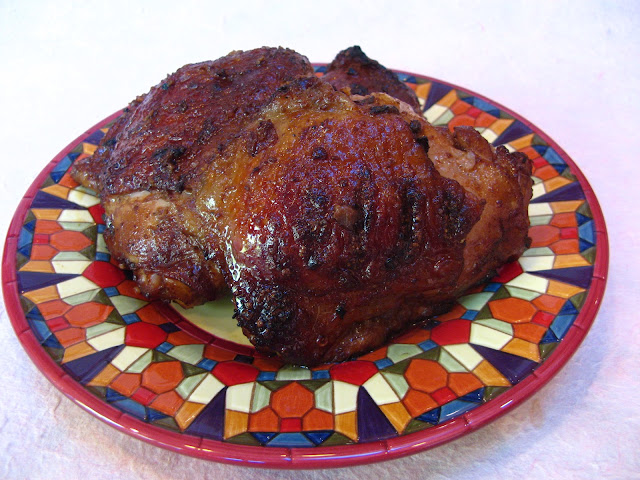Here’s a simple recipe for grilling and smoking a beef rib
steak medium rare. The steak is first marinated using Kikkoman’s Teriyaki
Marinade and Sauce together with sake (both ingredients can be found at your
local supermarket), together with some crushed garlic. After being marinated, the
marinade is discarded and then oil and ground pepper is rubbed into the steak. The
beef is grilled first uncovered, producing the grill marks on the presentation
side of the steak, and then covering the grill to smoke the steak. Grilled and
smoked mushrooms and corn accompany the steak.
Enjoy!







